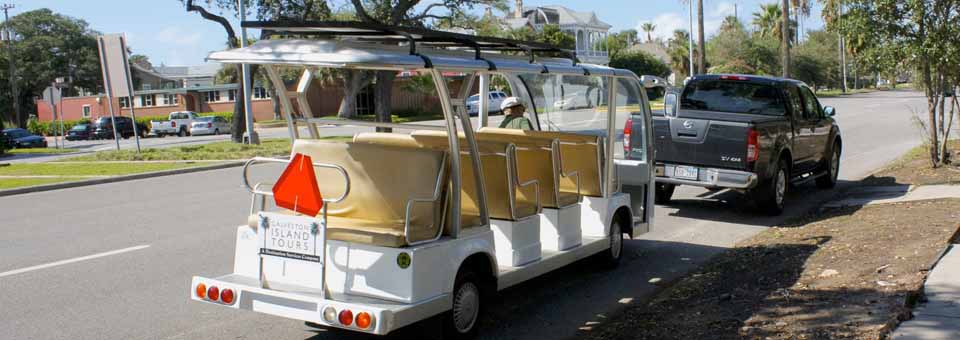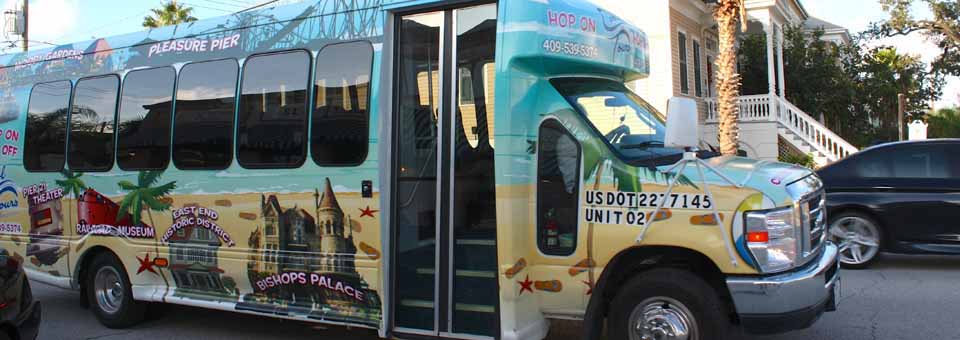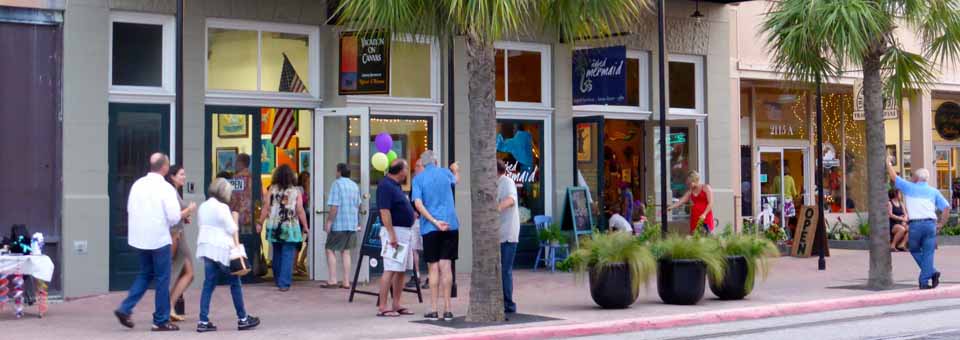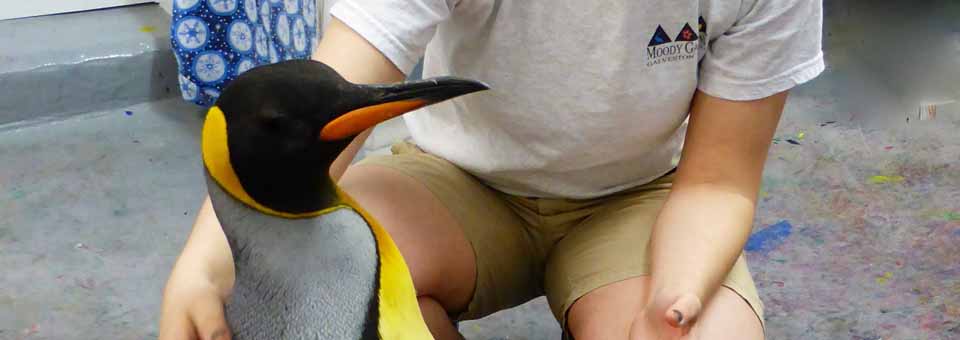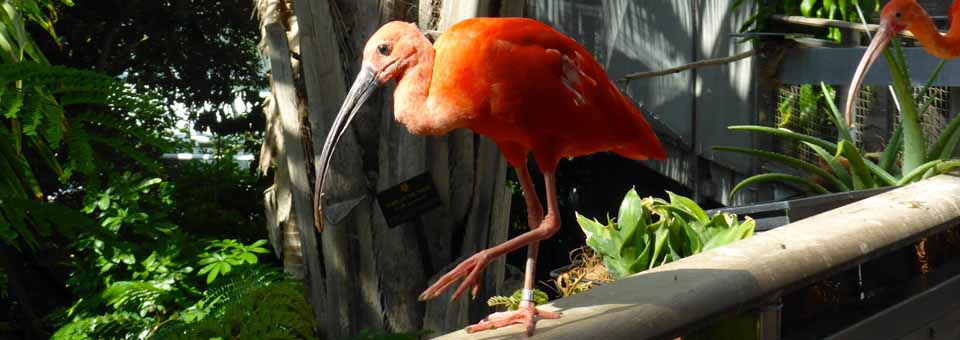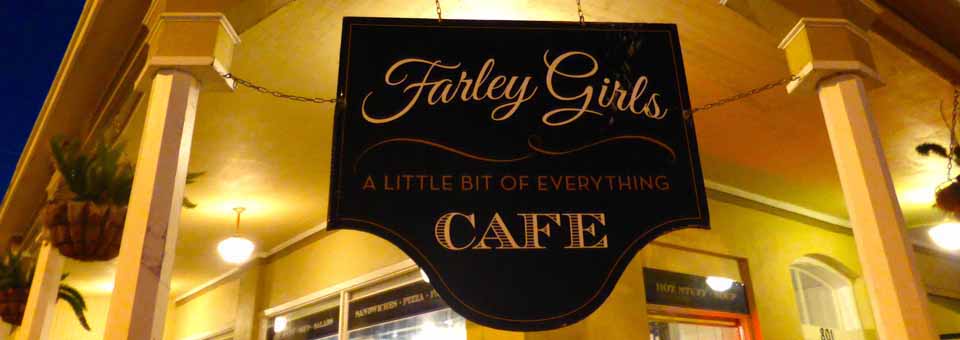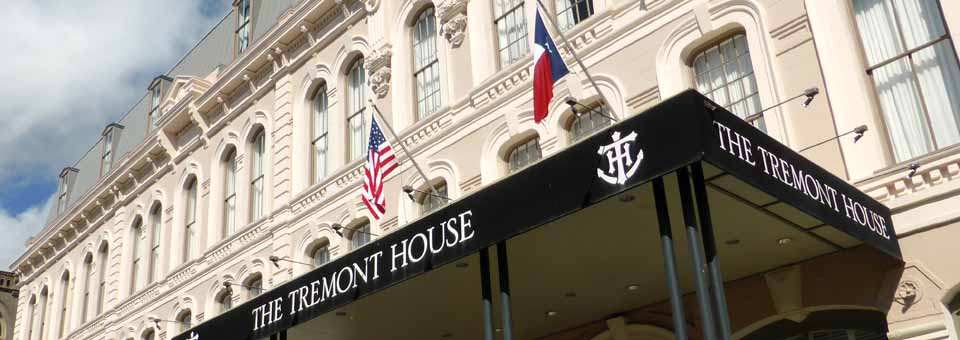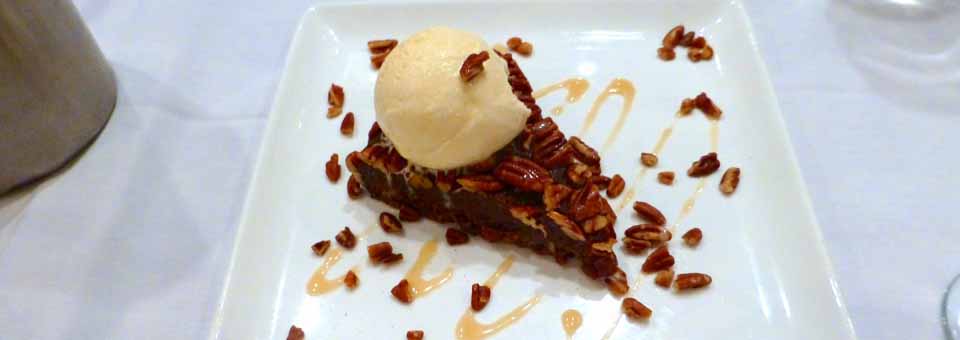Galveston, Texas: A treasure of an island
We were on an island with gentle breezes and shimmering water, the lyrics of the 1969 Glen Campbell hit dancing in our heads. We heard the “sea winds blowing” and watched the “sea waves crashing”, and “sea birds flying in the sun” — in Galveston.
Texas’ two mile wide barrier reef island on the Gulf of Mexico has thirty-two miles of beaches.
The balmy subtropical climate averages average 57° in winter and 81° in summer. Sweet scented Jamaican flowers a merchant shipped here in 1841 as a gift for his wife are now so abundant that Galveston is known as the City of Oleanders.
Named for Spanish military leader and colonial governor Bernardo de Gálvez, who helped defeat the British during the American Revolution, Galveston was home to privateer Jean Lafitte, a key figure in Andrew Jackson’s victory in the Battle of New Orleans. As a privateer, he carried letters of marque that authorized him to capture booty, and profited by selling banned good in the United States. It’s said his treasures were buried before his pirate colony was run out of town.
Galveston grew to export more cotton than any other port in the world. It was so successful as a shipping and financial center that the Strand was known as the Wall Street of the Southwest.
This Jewel of Texas became the largest city in the state and was first in Texas to have gas lights, electricity, telephones, electric street cars, a post office, opera house, orphanage, hospital and medical school.
Beautifully restored homes and commercial buildings are reminders of this Golden Age as one of the richest cities in the world per capita.
When the Great Storm of 1900 struck with 15’ high waves and over 100 m.p.h. winds, it demolished a third of the city and killed over 6,000 people — one of every 6 residents. It remains the deadliest natural disaster in U.S. history.
To protect against another catastrophe, the seawall was expanded and millions of cubic yards of dredged sand was pumped in from the ship channel. The city was raised eight feet and sloped to the bay for water runoff.
The Hotel Galvez, Queen of the Gulf, opened in 1911. A causeway for automobiles was built in 1912.
Some of the port-related prosperity flowed to Houston after its ship channel opened in 1917, but Galveston flourished as the Playground of the South, a seaside resort that attracted American Presidents, oilmen, and superstars. There were bath houses, amusement parks, nightclubs, and vaudeville shows.
Bathing beauty competitions drew Roaring Twenties crowds. The International Pageant of Pulchritude, which began in 1920 and eventually became the Miss Universe Pageant, was revived this May with a bathing beauties contest featuring vintage and vintage-style swimwear.
Prohibition and the Great Depression led to an economy driven by bootlegged liquor, gambling, prostitution, saloons, and a reputation as Sin City on the Gulf. This Free State Era was dominated by the Maceo Brothers, who did business from their barber shop. Sam Maceo entertained famous guests in his penthouse suite in the Hotel Galvez.
In the ‘40s and 50s the Maceo’s Balinese Room was the premier nightspot on the Gulf Coast. It featured stars like Bob Hope and Frank Sinatra and was the private club of wealthy Houston oilmen and other elites.
The Texas Rangers tried to raid its back room casino for many years but couldn’t get down the long pier and past obstacles like signals, glass doors, and a crowd that stood to the tune of “The Eyes of Texas” until 1957. The Balinese Room was destroyed by Hurricane Ike in 2008.
The Galveston Historical Foundation, the second largest historic preservation group in America, benefits from the involvement of billionaire oilmen like George Mitchell who are committed to restoring the elegance and charm of the Golden Age.
The city has the largest concentration Victorian iron-front commercial architecture in America. Four of its historic districts — over 2,000 buildings — are on the National Register of Historic Places and there are three National Historic Landmarks.
Over a century after the Great Storm, Hurricane Ike wreaked havoc in 2008. Preservationists were undeterred and continued to rebuild, restore, expand, and improve, fueling a new and improved Golden Age.
The East End Historical District has beautifully restored homes, some with hurricane-damaged trees have been carved into sculptures.
Self-guided tours are free. A narrated electric shuttle ride ($15, 56+ $12) with Galveston Island Tours is affiliated with the Galveston Historical Foundation.
Cool Tours also offers tours of the East End ($15, 55+ $13) as well as hop-on-hop-off tours. ($20, 55+ $17)
The grandest mansion of them all, Bishop’s Palace, was built in the East End between 1886 and 1892 for railroad magnate Walter Gresham and became the home of Bishop Byrne. The American Institute of Architects named it one of the 100 most important buildings in America. ($10)
Moody Mansion was purchased after the Great Storm for $20,000 by W.L. Moody, named one of the ten wealthiest men in America by Time Magazine. It is filled with furnishings of this family that built a fortune on cotton, banking, ranching, insurance and hotels. ($10, seniors $8)
There is also an automobile exhibit in the carriage house.
MORE TOP ATTRACTIONS
Galveston can be enjoyed from the ground, sea, or air.
Tickets for the one-hour Historic Harbor Tour and Dolphin Watch aboard the Seagull II are sold in gift shop of the Texas Seaport Museum. At $10, it’s a best bet for a seaside perspective.
Return to the museum ($8) to learn about the port’s commerce and immigration and to board the restored 1877 tall ship ELISSA, which transported Texas cotton to European mills in the 1880s. This symbol of the era when wind-driven ships filled Galveston’s harbor was named one of America’s Treasures.
Step aboard a retired and refurbished rig and learn about drilling and oil and gas production at the Ocean Star Offshore Drilling Rig & Museum on Pier 19. ($8, over 55 $5)
Pier 21 Theater shows three films that tell Galveston’s story.
The Great Storm chronicles America’s deadliest natural disaster through diaries and letters written during and after the storm. ($6)
The Pirate Island of Jean Lafitte features the debonair privateer smuggler who established a colony called Campeche here in 1817. This opportunistic “Pirate King” raided Spanish ships, won the Battle of New Orleans for Andrew Jackson, spied for Spain, and was condemned, pardoned, and condemned again by American Presidents. ($6)
Galveston: Gateway on the Gulf tells the story of the over 200,000 immigrants who entered the country through Galveston. The port was second only to Ellis Island for immigration and was known as America’s Gateway on the Gulf. ($8)
Train enthusiasts head for one of the largest restored railroad collections in the USA. The Galveston Railroad Museum, in the restored Art Deco Union Depot, has displays, artifacts, and over forty locomotives and other rail vehicles from when rails shaped our expanding nation.
Galveston is the fourth busiest cruise port in the continental USA.
The nearby Strand Historic District offers shopping, dining, gallery browsing, and events like ArtWalk, Dickens on the Strand, and Mardi Gras! Galveston, which draws over half a million revelers.
More boutiques, art galleries, and eateries are found in the trendy Historic Arts and Entertainment District. Its Grand 1894 Opera House survived the storms to be one of America’s finest historical theaters and the Official Opera House of Texas.
Pirates! Legends of the Gulf Coast opened in 2012 as an entertaining child-friendly attraction with “pirates” who facilitate an educational search for treasure.($10)
At the adjacent Haunted Mayfield Manor the island doctor who went mad after reluctantly becoming a Great Storm mortician takes visitors through “twelve rooms of terror”. ($10)
The fun continues at the Galveston Island Historic Pleasure Pier, a nostalgically named amusement park that opened in May, 2012 after a multimillion dollar renovation.
There’s a 100’ Ferris Wheel, a vertical-lift steel coaster, a 200-foot-tall swing tower, midway games, live entertainment, three water playgrounds, restaurants, and shops. ($10 admission, $26.99 all day ride pass, family pricing)
Fish are so plentiful that anglers drop lines right from the gulf piers. Birders flock here for the three-quarters of all North American migratory bird species that pass through Galveston. NOAA’s Kemp’s Ridley Sea Turtle Research Center, opens to visitors by appointment.
Not to be missed is the 242 acre Moody Gardens, created by the Moody family and easily recognized by its three pyramids.
Explore sea life from a tunnel through a million gallons of water or an underwater dome.
Go behind-the-scenes for an unforgettable Penguin Encounter (additional $50) at the Aquarium Pyramid.
At the the 10-story Rainforest Pyramid, which was recently enhanced by a $25 million redesign, you can spot free-roaming monkeys…
exotic birds…
and other tropical wonders.
Solve science mysteries at the Discovery Pyramid. The theaters’ 3D thrills and 4D special effects, a beach stroll and a ride on the paddle wheeler round out another day. (One day Value Pass $49.95, 2-day $64.95, individual tickets from $7.95)
Families head for the Bavarian-themed Schlitterbahn Waterpark’s attractions.
There are uphill water coasters, whitewater rapids, family raft rides, and a river system. This world’s-first convertible water park can be opened or enclosed for year-round enjoyment. (1-day age 12-54 $45.99; child, 55+, and online discounts)
The Lone Star Flight Museum ($8, 65+ $5) is home to the Texas Aviation Hall of Fame and one of the finest collections of restored aircraft and aviation exhibits in the world.
General Patton’s jeep is on display.
Saturdays, you can take fly in a warbird. ($225-$1995)
At Sea Wolf Park…
…you can enjoy the thrill of boarding a World War 2 submarine and Navy destroyer at Sea Wolf Park. ($5)
DINING
Try the East End’s family-owned Sunflower Bakery & Café’s homemade breads and pastries, fresh seafood, and tomato basil soup.
It’s Greek family recipes, steamed clams, Texas oysters, and friendly service at Olympia The Grill at Pier 21. There’s a dockside patio and authentic belly dancing Fridays and Saturdays nights.
Farley Girls Café on Post Office Street is a local favorite run by two sisters, Rosmond and Ryanne, who are not, as Galvestonians say, BOIs (born on the island) but IBCs (Islanders by choice). This spiffy and popular eatery fills quickly. Get there by 11:30 am for lunch.
The Hotel Galvez’s Sunday Brunch was named a “Best Brunch in Texas” by Southern Living Magazine.
The Rooftop Bar of its sister property, the Tremont House, has a great view of the harbor and historic downtown area.
Locals flock to the unpretentious Miller’s, next to the Hotel Galvez, for Southern comfort food. Breakfast is served all day and the lunch special, at $9.49 with a choice of entrees, two sides, and iced tea has to be the best value in town.
Gaido’s Seafood Restaurant, a century-old fourth generation family restaurant, is where locals celebrate special occasions with fine fresh Gulf Coast seafood and pecan pie — named the best in Texas by Texas Monthly.
FIXIN’ TO GO?
Accommodations range from charming B&Bs to grand hotels. Sand and Sea offers a variety of vacation home rentals.
The Hotel Galvez & Spa celebrated its 100th anniversary in 2011 with an $11 million renovation that restored its historic exterior and splendor and added modern amenities. The Hall of History tells a colorful story that includes famous guests like Presidents Franklin D. Roosevelt, Dwight Eisenhower, Lyndon Johnson, and Richard Nixon and celebrities Frank Sinatra and Jimmy Stewart. (Rooms from $159. Discounts often available)
If you plan to visit four or more attractions, save up to 40% with the Galveston Island Pass.
Y’all come down to island time where the Texas coast begins–in Galveston. You’ll be glad you did.
















